Hey Blanchetters!!
Time for a new interview with Cate Blanchett! She is in the cover of Beauty Papers magazine VII Glamour issue released today. Cate Blanchett stars as American artists Bruce Nauman and Andy Warhol in a short video and photoshoot for the magazine.
If you can, make sure you buy a copy!
BEAUTY PAPERS ISSUE SEVEN GLAMOUR stars Cate Blanchett in "Performance", as #brucenauman and #andywarhol for our latest cover. Photographed by Casper Sejersen, Beauty Morag Ross. #cateblanchett #beautypapers #glamour pic.twitter.com/obmYJrKnU5
— Beauty Papers (@beautypapersmag) April 1, 2019
Performance: Cate Blanchett
[…] Undeniably beautiful, yet she is too intelligent, too complex and too layered to be shoved into an easy package. It is this complexity that makes her arguably the best of her generation. She leapt to international fame with regal period excess in Elizabeth, progressed through waspish 1950s bourgeois in The Talented Mr Ripley and excelled with ethereal elvish mystery in The Lord of the Rings. She has worked with directors such as Todd Haynes, Sally Potter, Jim Jarmusch and Martin Scorsese on comedies, dramas, thrillers and period pieces. She is an Australian who can seem faultlessly Scottish, Russian, American or British. Blanchett has won Oscars for Blue Jasmine and The Aviator, been nominated for four others, and notched up three Golden Globes. She is at the top of her game, yet not afraid to be experimental, as her collaboration with artist Julian Rosefeldt in 2015 demonstrated. Away from the stage and the screen, she is also a UNHCR Global Goodwill Ambassador, working on human rights projects.Many of her roles have played with or unpicked the image of beauty. The mature lesbian chic of Carol, the disintegrating edges of Jasmine in Blue Jasmine or the confused attraction of Sheba in Notes on a Scandal all highlight the fact that there is something beyond perfect hair, clothes and sex appeal. Blanchett truthfully comes across as a woman of substance.
Francesca Gavin: Your career grew out of theatre and you worked with the Sydney Theatre Company for a long period, more recently working on Broadway and in London. Are you still attracted to working on the stage? Which aspects of your stage experiences do you think have had the most influence on your approach to acting and creating?
Cate Blanchett: Now that is a question and a half… My time as co-artistic director of the Sydney Theatre Company was probably the most formative regenerative period of my career thus far. A homecoming of sorts – to the rich and hungry artistic community from which I sprang. But apart from the enormous responsibility for the fiscal and creative health of the company and indeed fostering the careers of emerging and mid-career artists, Andrew [Upton, husband] and I were placed into a dynamic national creative conversation. This was so very galvanising. For better or worse, one still has to fight in Australia for the basic notion that the arts should be available and central to people’s lives. But perhaps this is rapidly becoming a global issue. Wasn’t it Winston Churchill who refused to cut arts funding during the war as an austerity measure saying, ‘Then what are we fighting for?’ In spite of all the talent my country possesses, there is still a profound lack of confidence in our artistic output. That was in large part why we made it our mission to tour the company’s work internationally.
FG: How do you approach finding such a breadth of roles? Variety feels something central to your choices.
CB: Oh yes, variety is very much the spice of my life… but I’m beginning to think about repetition much more. When I say that, I mean in order to go more deeply into things – not always looking for the next and the new. Perhaps part of why I’m an actor is that I’m far more interested in the thoughts, feelings and experiences of others than of my own – mine are a tad boring. I’m sure there are a myriad of people who would back me up there! But to try to answer your question… my choices have always been made on instinct. And, since having children, around school holidays.
FG: What do you find interesting about the process of transformation – visually, but also internally and psychologically – when you become different characters?
CB: All I ever see is myself. Which bores me rigid. Transformation is not a focus for me. The story is – do I want to be part of this conversation? Do I have anything to offer it? But in terms of character – which is always the point of entry for me in a project – I am very text-based. The rhythm of good writing. The tempo of a character as well as what they choose not to say. Often, what someone says is a smokescreen to what they actually think or feel. Who does a character think they are as opposed to who they actually might be.
FG: What are your feelings about the pressures that Hollywood presents to women in terms of their looks?
CB: Oh, those boring pressures are age-old and eternal. Men feel them too, I’m sure, but the reaction to this manifests itself in different ways. But I feel there is a healthy interest in people’s points of difference, their uniqueness, which means performers are stepping into a space of boldly finding their own non-cookie-cutter way of doing ‘their thang’. Women, in particular, are collectively now prizing their worth and their individuality. I think that extends to challenging the male gaze which has run mainstream cinema for so long. Nothing wrong with a male gaze – it’s just mind-numbingly boring and exclusive if other perspectives are suffocated.
FG: Some of the characters you have played on screen – for example, Jasmine in Blue Jasmine – are very conscious of their perceived image. What have you found interesting about that sense of self-preoccupation?
CB: I’m always saying yes, perhaps to my own detriment. I just get excited by fabulous ideas – and the prospect of nutting out a world and sets of experiences or theories I have no present knowledge of. The only hard part about that for me is the doing of it. I’m a little on the shy side. Kaboom! Not all actors are exhibitionists.
FG: What is your definition of glamour?
CB: Glamour shines, it’s effortless and unselfconscious and damn sexy. It’s also quite unattainable. Something to reach for. It probably also involves brushing one’s hair?
FG: You have played some incredibly strong, powerful proto-feminist women, from Elizabeth to Katharine Hepburn. What do you like about these individuals who are either in positions of power or innately powerful? To what extent do you feel that is a reflection of yourself?
CB: If there is any similarity between characters I’ve played on film and myself it’s utterly unintentional. But when you say powerful, what do you mean exactly? That these women have a strong impact on the narrative? They know and speak their minds? Because a woman in a position of power is not an interesting enough byline for a film in and of itself. Often in the past, producers have been fascinated by certain so-called powerful women in history, women who have made an impact on events, on the world around them, broken new ground, women who are complicated and conflicted. But then haven’t bothered to find a reason to make a film about them. Having had the imagination to locate them in a riveting story that is more than their character alone. The story is the thing. The perspective. Interesting ‘powerful’ male characters have more often than not been encased in a great ripping story.
FG: What are your feelings about the representation and limitations of gender?
CB: I’ve been reading Maggie Nelson lately, who is fascinating and revelatory on the subject of gender binary thinking. She talks about gender as not being volunteerism, about it not being performative. She referenced Judith Butler about dealing with the question of how do we rework the trap we are all inevitably in. I’m fascinated right now with how one turns the inclusive nature of feminism, female equality, from downfall to unassailable strength. How one claims it without allowing it to be weaponised…It’s why I wanted to be in Martin Crimp’s play with Katie Mitchell [When We Have Sufficiently Tortured Each Other]. To investigate all this ‘stuff’.
FG: What are your feelings about make-up and costume? Do you find them inspiring elements in your process of creation?
CB: I adore make-up and costume. The most delicate and robust creative time on any project happens in wardrobe fitting and in the make-up business. And so very many of those elastic tossing-ideas-around and trying-things-out sessions have been with Morag [Ross]. Her eye and her sense of risk are very, very inspiring.
FG: Your job is to constantly embody other people. How do you maintain your sense of self?
CB: My sense of self, if I have one, is non-linear and utterly elastic. And honestly, apart from owning my fuck-ups and missteps, of which there are many, I try to think about myself as little as possible. There is just too much else to be concerned about in the world right now. The void under the Thwaites Glacier? The Dakota Pipeline, anyone? Australia’s offshore detention horrors…?

 Welcome to Cate Blanchett Fan, your prime resource for all things Cate Blanchett. Here you'll find all the latest news, pictures and information. You may know the Academy Award Winner from movies such as Elizabeth, Blue Jasmine, Carol, The Aviator, Lord of The Rings, Thor: Ragnarok, among many others. We hope you enjoy your stay and have fun!
Welcome to Cate Blanchett Fan, your prime resource for all things Cate Blanchett. Here you'll find all the latest news, pictures and information. You may know the Academy Award Winner from movies such as Elizabeth, Blue Jasmine, Carol, The Aviator, Lord of The Rings, Thor: Ragnarok, among many others. We hope you enjoy your stay and have fun! 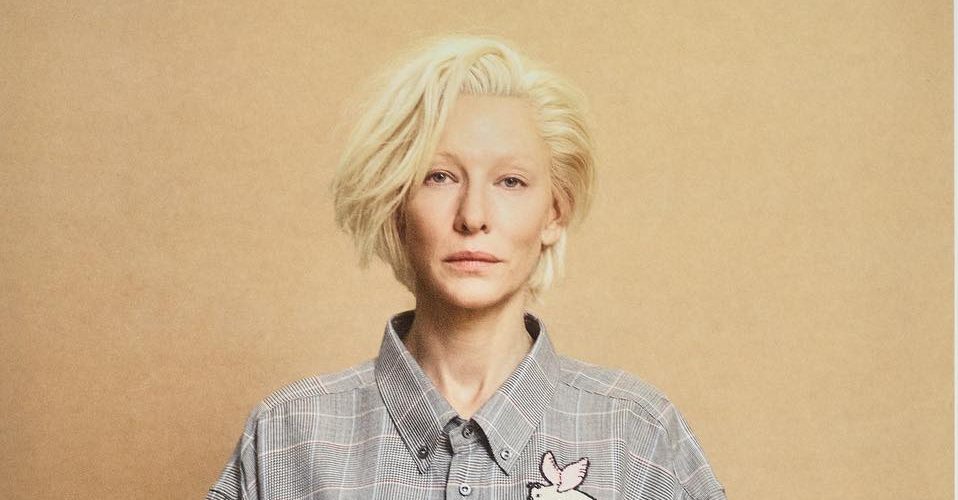
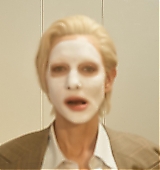
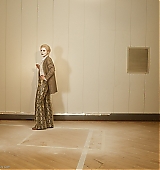
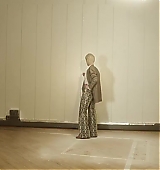
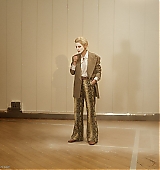
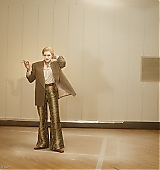

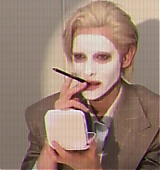
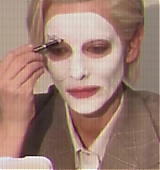

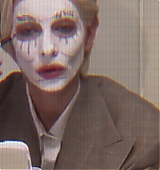
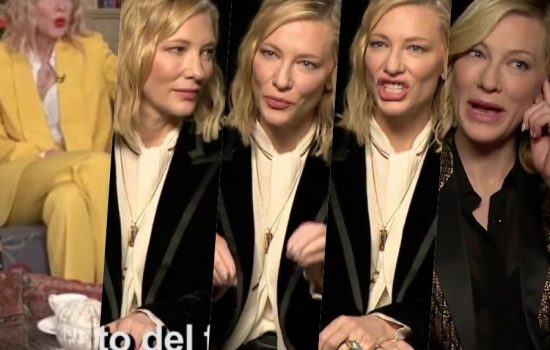
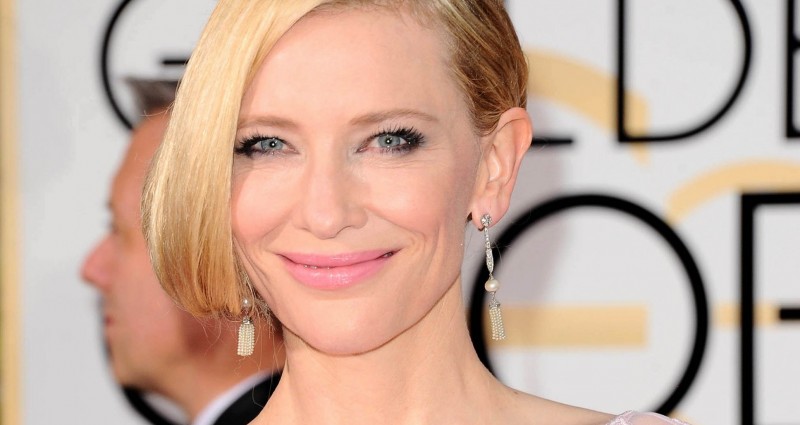
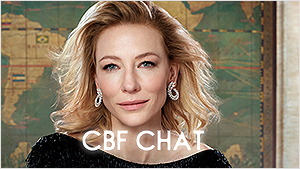
 A Manual for Cleaning Women (202?)
A Manual for Cleaning Women (202?)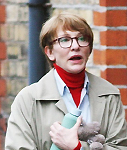 Father Mother Brother Sister (2025)
Father Mother Brother Sister (2025)  Black Bag (2025)
Black Bag (2025)  The Seagull (2025)
The Seagull (2025)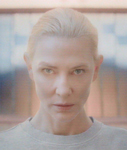 Bozo Over Roses (2025)
Bozo Over Roses (2025)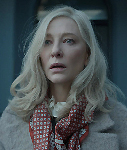 Disclaimer (2024)
Disclaimer (2024) 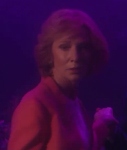 Rumours (2024)
Rumours (2024) 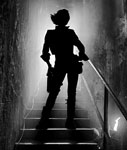 Borderlands (2024)
Borderlands (2024) 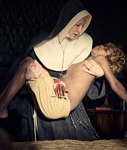 The New Boy (2023)
The New Boy (2023) 











